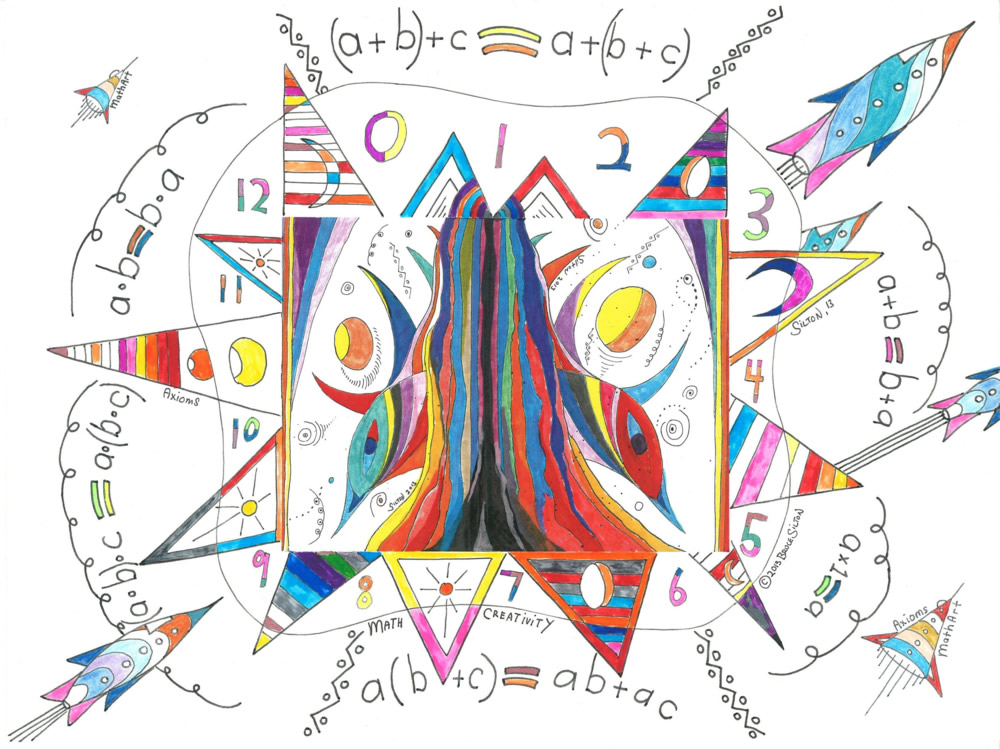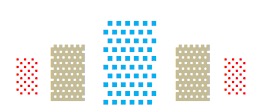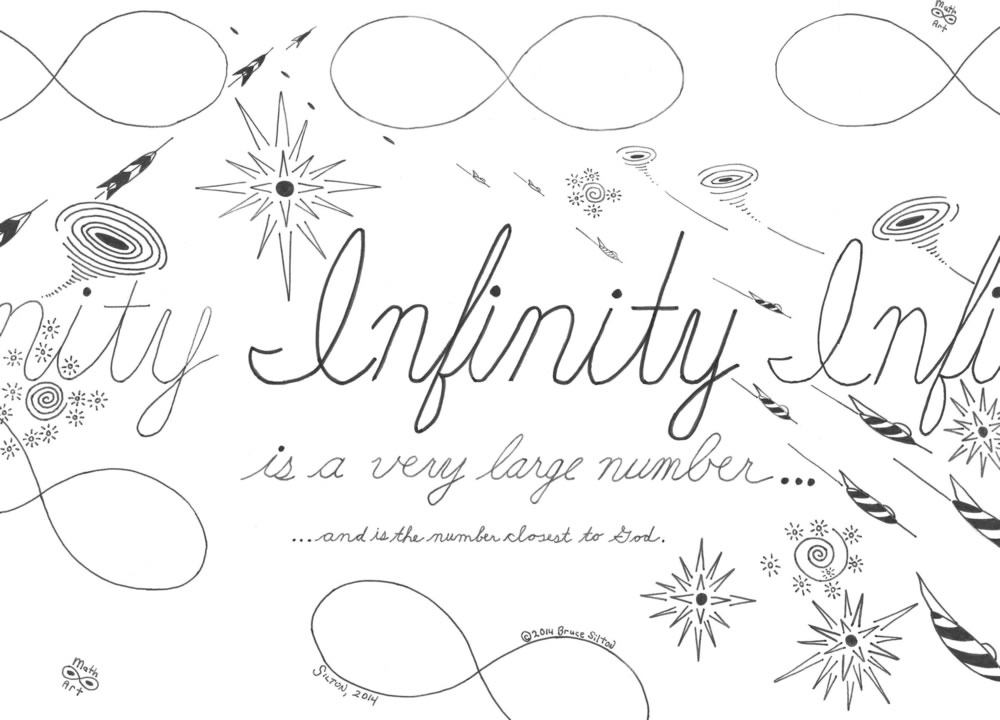The Other Side of Math
∞ THE APPENDICES ∞

 INTRODUCTION TO THE APPENDICES:
INTRODUCTION TO THE APPENDICES:
Each appendix that follows this Introduction contains a few examples of curriculum material that could be used to teach OSOM Steps 3, 4, and 5. I am still developing curriculum material for Step 6 and will add it to the appendix for Step 6 when it is finalized.
EXTRAPOLATION TWO is the fundamental
on which steps 3, 4, 5 and 6 are based.

OPERATING IN INTIMATE CONJUNCTION WITH (1) THE PRACTICE OF PROBLEM CREATION IN MATHEMATICS AND (2) THE FIRST EXTRAPOLATION, AND STARTING AS EARLY AS THE 4TH GRADE IN A CHILD’S EDUCATION WITH THE USE OF STEPS THREE, FOUR FIVE AND SIX OF OSOM: THE COMPLETE OSOM PROGRAM WILL PRODUCE A GREATLY ENHANCED ABILITY BY THE INDIVIDUAL TO APPLY MATH TO REAL-LIFE, INCREASED CREATIVENESS IN AND WITH MATHEMATICS, PLUS MORE ENGINEERS, SCIENTISTS AND GREAT MATHEMATICIANS THAN WAS PREVIOUSLY POSSIBLE.
►OSOM STEP 3: ALTERNATIVES
Definition of “structured”: an activity which is “structured” is well-planned, carefully organized and controlled.
Step 3, Alternatives, is a structured program familiarizing elementary and secondary school students up to a level of competence in knowing and using alternatives in the following areas: axioms, theorems, algorithms, numerations systems, definitions of terms, solutions to problems, how to check answers, and mathematical principle.
FOLLOWED BY
►OSOM STEP 4: INSPIRING EXAMPLES: The History of Mathematics; Mankind’s Math and Science Greats
Step 4, Inspiring Examples, is a structured, in-depth study and research to learn about historical maths and the lives of humanity’s math and science greats.
FOLLOWED BY
►OSOM STEP 5: IDENTIFYING THE TARGET: Mankind’s Past, Present and Future Technologies – the Good, the Bad and the Ugly
Step 5, Identifying the Target, is a structured survey and research course to learn about the math and math-based science used in past technologies, present technologies and in (planned-for) future technologies, with the intent to identify the good (mostly constructive in both the short and long term), the bad (somewhat constructive in the short term but too destructive in the long term) and the ugly (intentionally harmful) applications. Remember, it took competent, university-trained scientists, chemists, engineers, medical professionals and architects to design and build efficient gas chambers in the Nazi death camps. Ref: Death by Design: Science, Technology, and Engineering in Nazi Germany by Eric Katz, Publisher: Routledge, 2005)
FOLLOWED BY
►OSOM STEP 6: EXTRAPOLATION, DISCOVERY AND INVENTION – Good Ideas, Better Ideas and Big Ideas
Step 6 is intended for students who are using all the previous steps of OSOM but who have not yet begun to extrapolate, discover and invent on their own.
THE FOLLOWING STATEMENTS ARE MY OPINION.
I believe that very few students will need Step 6. A student following the OSOM program is likely to have begun thinking for himself early on, perhaps on Step 2, but almost certainly by the time he is immersed in Steps 3, 4, or 5.
Since the entire OSOM program is designed to stimulate and produce the intellectual and physical actions of extrapolation, discovery and invention, it would be remarkable (to me) if an OSOM student somehow arrives on Step 6 and is still unable to produce at least some genuinely independent mathematical thought on his own.
(Note that the expression “genuinely independent mathematical thought” is relative, always, to the native abilities, purposes and interest of the individual student. This expression is not intended to raise the bar above the ability of any (even one!) individual student to create in math. Teachers must know their students and work to get each one to create at the highest level of which that student is capable.)
Having said the above, Step 6 consists of exercises and drills that lead directly and immediately to extrapolations, discoveries and inventions by the student.
Such exercises and drills are, first and foremost, intended to be used by individual students. However, it is possible that these may also be beneficial when applied in group activities – students working together to develop new ideas using Step 6 exercises. To be successful, each individual member of such a Step 6 group would need to demonstrate an exceptionally high degree of superb manners.
I have not yet finalized Step 6 exercises and drills (an omission that will soon be rectified), but I wanted the rest of OSOM (Steps 0-5) available for use. Obviously, it will take quite some time for Steps 0-5 to be fully implemented into a home school, tutoring practice, class, school or school system. I promise that Step 6 exercises and drills will be ready for inclusion in the published, hard-copy version of this book.

